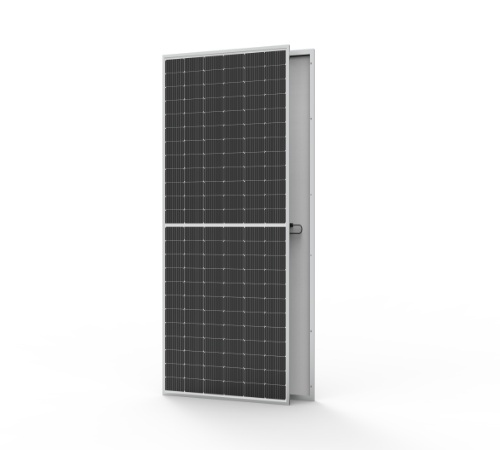Solar panels have become a popular and sustainable solution for harnessing renewable energy. With advancements in technology, both rigid and flexible solar panels have emerged as viable options for various applications. In this article, we will explore whether it is possible to mix rigid and flexible solar panels and the potential benefits and considerations associated with this combination. As a leading provider of solar panels, BAOXINDA offers a range of high-quality solar panel options to meet diverse energy needs.
I. Understanding Rigid and Flexible Solar Panels
Rigid Solar Panels:
Rigid solar panels, also known as crystalline panels, are made of silicon cells that are encased in a rigid frame. They are typically heavier and thicker than flexible panels and are commonly used in residential and commercial installations.
Flexible Solar Panels:
Flexible solar panels, also called thin-film panels, are made of lightweight and flexible materials such as amorphous silicon or CIGS (copper indium gallium selenide). They do not require a rigid frame and can be bent or curved to fit various surfaces. Flexible panels are often used in applications where space and weight are a concern, such as RVs, boats, and portable charging solutions.

II. Can You Mix Rigid and Flexible Solar Panels?
Although rigid and flexible solar panels have different physical characteristics, it is possible to mix them in certain scenarios. However, there are important considerations to keep in mind.
Electrical Compatibility:
When mixing rigid and flexible solar panels, it is crucial to ensure their electrical compatibility. The voltage and current ratings of the panels should be matched to avoid potential issues such as overcharging or undercharging. Consulting with a solar professional or manufacturer, like BAOXINDA, can help determine if mixing different types of panels is feasible for your specific setup.
Mounting and Installation:
The mounting and installation methods for rigid and flexible solar panels vary. Rigid panels typically require a rigid frame or mounting brackets, while flexible panels can be attached directly to surfaces using adhesives or flexible mounting systems. When mixing both types, careful consideration should be given to the mounting system to ensure proper support and compatibility.
III. Benefits of Mixing Rigid and Flexible Solar Panels
Increased Energy Production:
By combining rigid and flexible solar panels, it may be possible to increase the overall energy production of a system. This can be advantageous in situations where space is limited, such as on rooftops or vehicles. The flexibility of the panels allows for more efficient use of available space, maximizing the energy output.
Versatile Design Options:
Mixing rigid and flexible solar panels opens up a range of design possibilities. Flexible panels can conform to curved or irregular surfaces, while rigid panels can be strategically placed on flat areas. This flexibility in design allows for customized solar installations that fit the specific aesthetics and requirements of the project.

IV. Considerations When Mixing Rigid and Flexible Solar Panels
Size and Efficiency Differences:
Rigid and flexible solar panels have different sizes and efficiencies. Rigid panels tend to have higher efficiency levels, while flexible panels are generally less efficient. When mixing both types, it is important to consider these differences and how they may impact the overall energy production of the system.
Weight Distribution and Structural Considerations:
The weight distribution of rigid and flexible panels varies, with rigid panels being heavier. When mixing both types, it is necessary to assess the structural integrity of the mounting system to ensure it can support the combined weight. Consulting with a professional, like BAOXINDA, can help determine the suitability of the structure for the selected panel combination.
V. BAOXINDA: Providing High-Quality Solar Panel Solutions
Extensive Product Range:
BAOXINDA offers a wide range of high-quality solar panels, including both rigid and flexible options. Our panels are manufactured using advanced technology and adhere to strict quality standards, ensuring excellent performance and durability.
Expert Guidance and Support:
With BAOXINDA's expertise in solar energy solutions, our team provides comprehensive guidance and support for your solar panel needs. We can help assess the feasibility of mixing rigid and flexible panels, provide recommendations based on your specific requirements, and ensure a seamless installation process.

Conclusion
While it is possible to mix rigid and flexible solar panels, careful consideration should be given to electrical compatibility, mounting systems, and design requirements. The combination of both types can offer increased energy production and versatile design options. As a trusted provider of solar panels, BAOXINDA offers a range of high-quality options to meet diverse energy needs. Contact us to explore the possibilities of mixing rigid and flexible solar panels and harness the full potential of renewable energy.